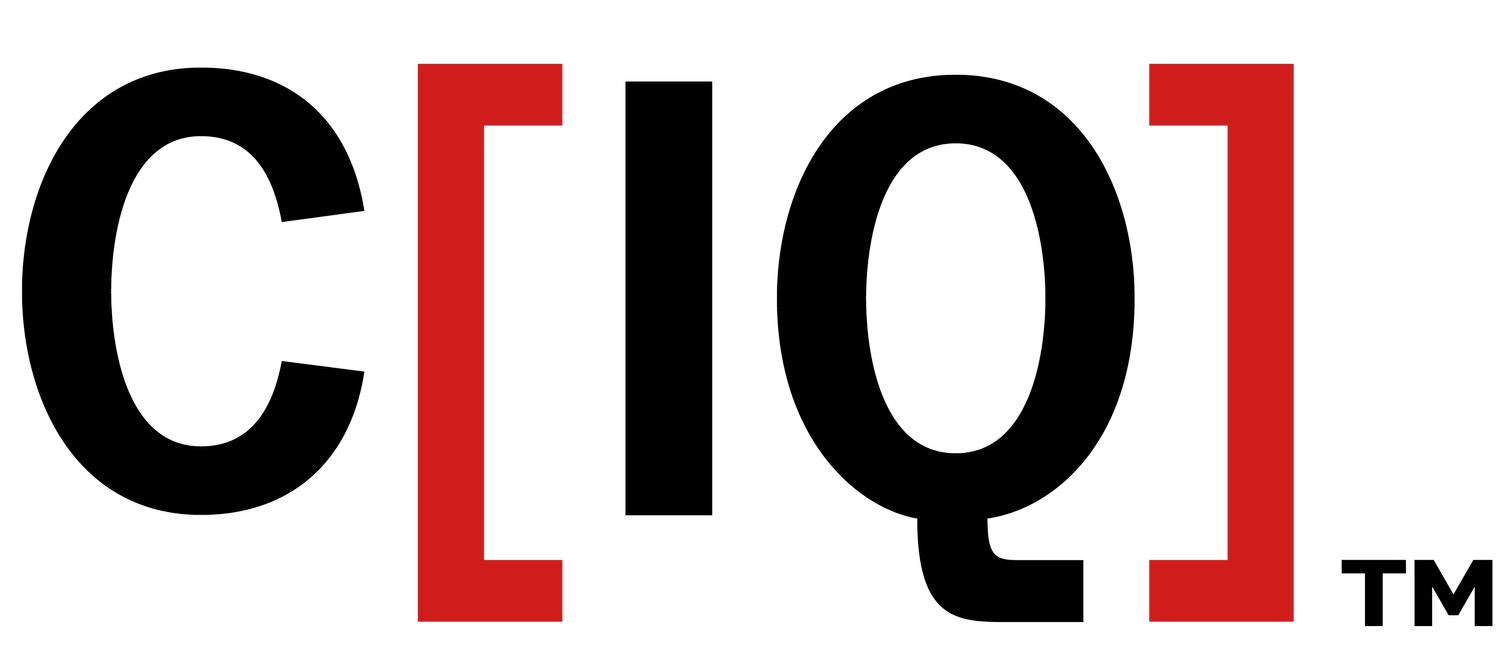The Tension with Retention
We think it’s well settled that customer retention must be a cornerstone of any business strategy. And yet, we continue to hear occasional complaints from CFOs and COOs that spending on retention marketing doesn’t yield the results claimed. Thinking about those complaints, we decided to investigate. Becoming desperate to find examples of retention marketing programs not working, we searched on “retention marketing failure” or “case study customer retention failed.” No case studies or reports surfaced. What did emerge where six factors that will often impair or sabotage customer retention programs (the details can be found here and here):
- Lack of overall strategy (too many initiatives are developed ad-hoc or implemented organically);
- Focusing on price, not service, or customer experience;
- Focusing on retaining all customers, not the right customers (identification & segmentation);
- Lack of parity in investment/testing between acquisition and retention programs;
- Inconsistent execution across business units and channels; and
- Prolonged or misguided investment in database development.
We think that last point is what gives “CRM” a bad rap. CRM is not a technology or a database. CRM is a business strategy to facilitate intelligent, targeted retention marketing efforts. As an Editor once quipped, “Just because you have Microsoft Word, doesn’t mean you can write.”
Which is where we can help (with customer database strategy, not your composition skills ;-) At the risk of this sounding like a pitch, C[IQ] ensures marketing databases can deliver and administer the customer intelligence required to drive your retention marketing efforts, and develop omni-channel retention initiatives that measurably effect the bottom-line.
As a side note, our CTO has threatened a bit of a rant about that bad rap on CRM; not because he is a homer for CRM (believe us, not at all), but because he has a thing about intellectual honesty, and thinks its time to "out" what he sees as the real cause for the bad rap.
The Numbers Are Telling
The statics are interesting from sources such as Econsultancy and Pitney Bowes:
- Attracting a new customer costs five times as much as keeping an existing one.
- Globally, the average value of a lost customer is $243.
- 71% of consumers have ended their relationship with a company due to poor customer service.
- The probability of selling to an existing customer is 60 – 70%. The probability of selling to a new prospect is 5-20%.
- A 2% increase in customer retention has the same effect as decreasing costs by 10%.
- Depending on the industry, reducing your customer defection rate by 5 % can increase your profitability by 25% to 125%.
And there’s more, but you’re getting the point (including an argument of a 1,000% ROI from Morgan Ericsson). There are notable successful case studies by brands such as REI, Fidelity, ATT Wireless, EBay and Fiat. But those are historical, spanning the last ten years with the advent of ecommerce and social media. This message should be directed at the brands that have yet to develop a sophisticated retention marketing strategy, and/or those who are attempting to cobble together a home-grown solution with legacy systems born from an I.T. promise to milk every penny out of the remaining amortization.
The Retention Marketing Imperative
Deloitte recently reported that:
“The consensus is that customers are leaving at a greater rate overall and, unlike previous periods, those that are leaving span a greater spectrum of the customer base top to bottom in terms of annual spend…Leading retailers have already launched initiatives to understand and drive improved retention.”
Couple that with RSR Research’s finding that the #1 issue for Retailers (over 50% of those surveyed) is that, “Customer retention has become more difficult and building customer loyalty is challenging.”
 This isn’t surprising given the sluggish economic recovery; slowly recovering marketing budget cuts; and the lingering sense of the “new normal” of price sensitivity. Economic indicators notwithstanding, there is a greater market phenomenon at work. Forrester calls it The Age of the Customer and others refer to it as the Consumer Revolution. However you brand it, the bottom line is in today’s digital age, the consumer decides.
This isn’t surprising given the sluggish economic recovery; slowly recovering marketing budget cuts; and the lingering sense of the “new normal” of price sensitivity. Economic indicators notwithstanding, there is a greater market phenomenon at work. Forrester calls it The Age of the Customer and others refer to it as the Consumer Revolution. However you brand it, the bottom line is in today’s digital age, the consumer decides.
So, the tension with retention is a combination of economic uncertainty, the belief by CFOs and COOs that retention initatives fail ROI analysis (due mostly to the six issues we raised at the outset), versus considerable data suggesting otherwise, and consumers emboldened by a digital age and always-on society.
To that latter point, it is a rough crowd. Today’s consumers are knowledgeable, fickle, vocal, savvy, hyper-connected, and information-saturated unlike any generation before. Armed with ubiquitous and continuous access to information and public opinion, the consumer is in control. Combine that with increasing competition, and companies are realizing that their biggest asset, the largest indicator of growth and profits, is their current customer base.
By developing strategies that delight and encourage not just repeat purchase (i.e., retention) but brand loyalty and even advocacy, companies can ensure this year’s performance and build a cohort of loyal customers whose engagement ensures the next three years of profits. And in a sentence that’s what we’re helping our clients do, every day.
